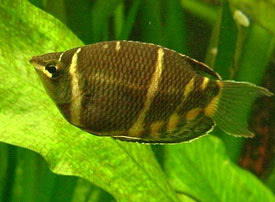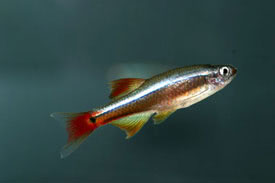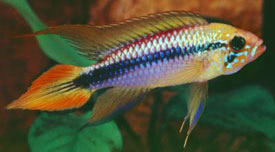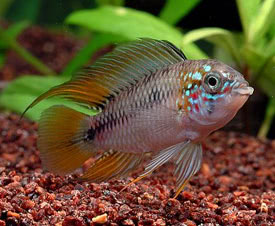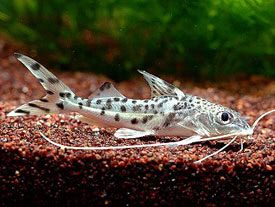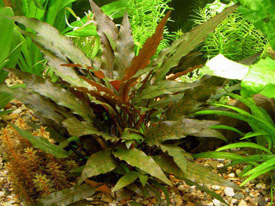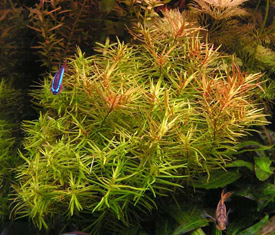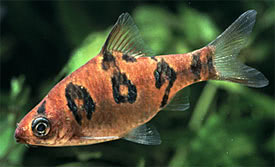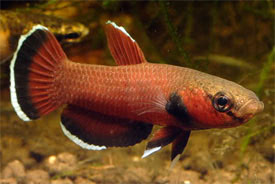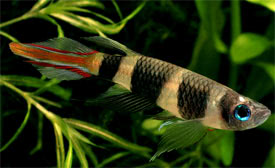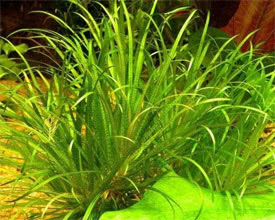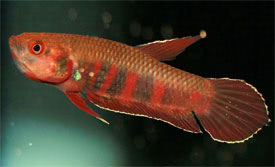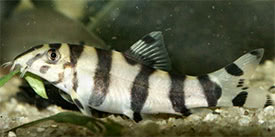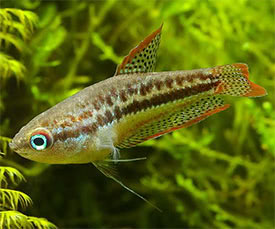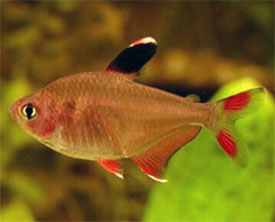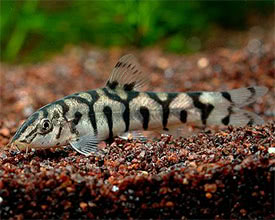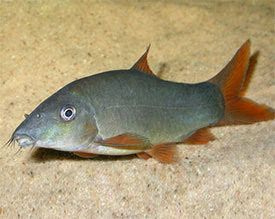
 Magyarul / Hungarian
Magyarul / Hungarian
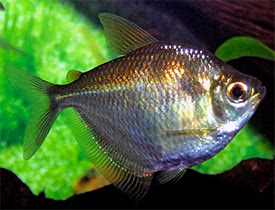
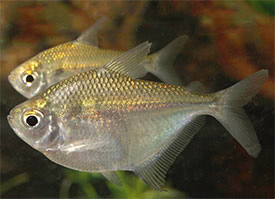
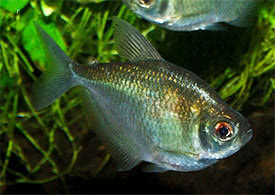
- Scientific name: Brachychalcinus orbicularis
- Synonyms: Tetragonopterus orbicularis, Ephippicharax orbicularis, Poptella orbicularis, Brachychalcinus guianensis
- Common name: Discus Tetra
- Group: Characins
- Habitat: South America; endemic to coastal waters of Guyana and Suriname.
- Size: 8-9 cm
- Biotope: Inhabits lowland rivers and creeks, more rarely pools.
- Social behavior: A peaceful schooling fish, but can intimidate smaller or more quiet species with its vigorous behaviour. They swim in the top areas of the aquarium, so bottom-dweller tankmates like catfishes or cichlids would be a good choice. Always keep them in a group.
- Diet: Omnivorous; In nature they eat aquatic invertebrates, insects, algae and plant material, so their main diet in the aquarium should be small live and frozen foods, and good quality dried foods with some algae content.
- Breeding: Rare in aquarium
- Tank: Minimum 110 litres
- Population: 6-8 fishes for 150 litres
- Decoration: They like some water current, so set-up the tank to resemble a flowing river with sandy or fine gravel substrate and some water-worn rocks. The tank can be decorated with driftwood branches and roots. They require high proportion of dissolved oxygen, so the larger weekly water changes are important. They might nip the fine leaved aquatic plants.
- Temperature: 20-27 °C
- pH: 5-7.5
- Hardness: 1-12 NK°
- Lifespan: 5-7 years
Description: Discus Tetra has a silvery body, but side-lighting will bring out the green, violet, and pink hues. It is a rare fish in the hobby, yet quite popular, because of the unusual shape of its body which forms almost a disc when the fish are fully grown. Females are noticeably rounder-bodied than males, especially when full of eggs, while males possess very small hook-like extensions on their anal-fin rays. This can be observed by using a magnification glass.
There are only a few reports of their aquarium breeding, but it is possible in larger (600 litres) aquariums. A female lays up to 2000 eggs in the open water. The parents should be removed after spawning. After 6 days the fry are swimming free, and can be fed with brine shrimp nauplii or fine crushed dry food.







